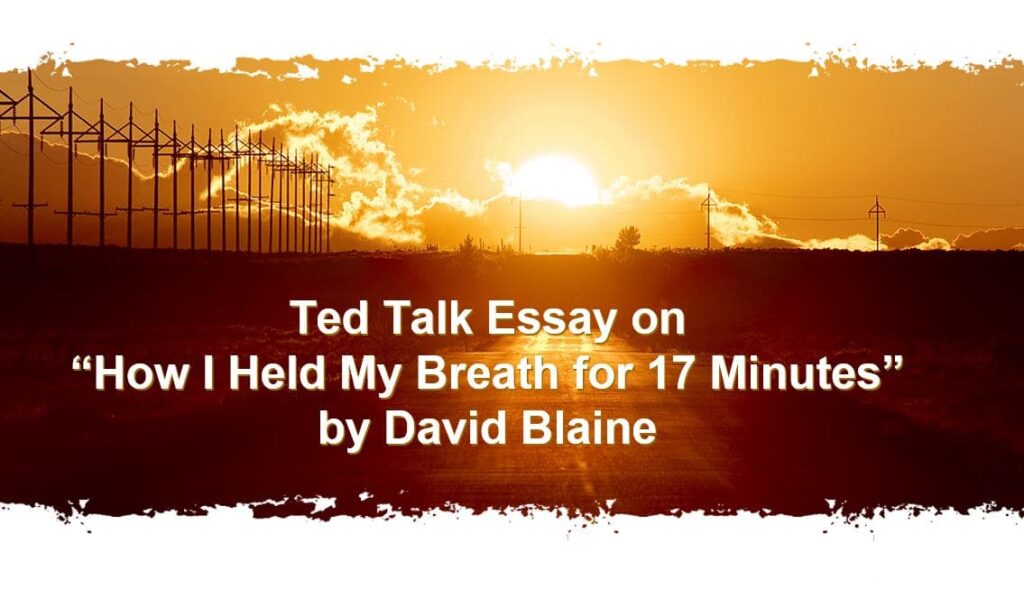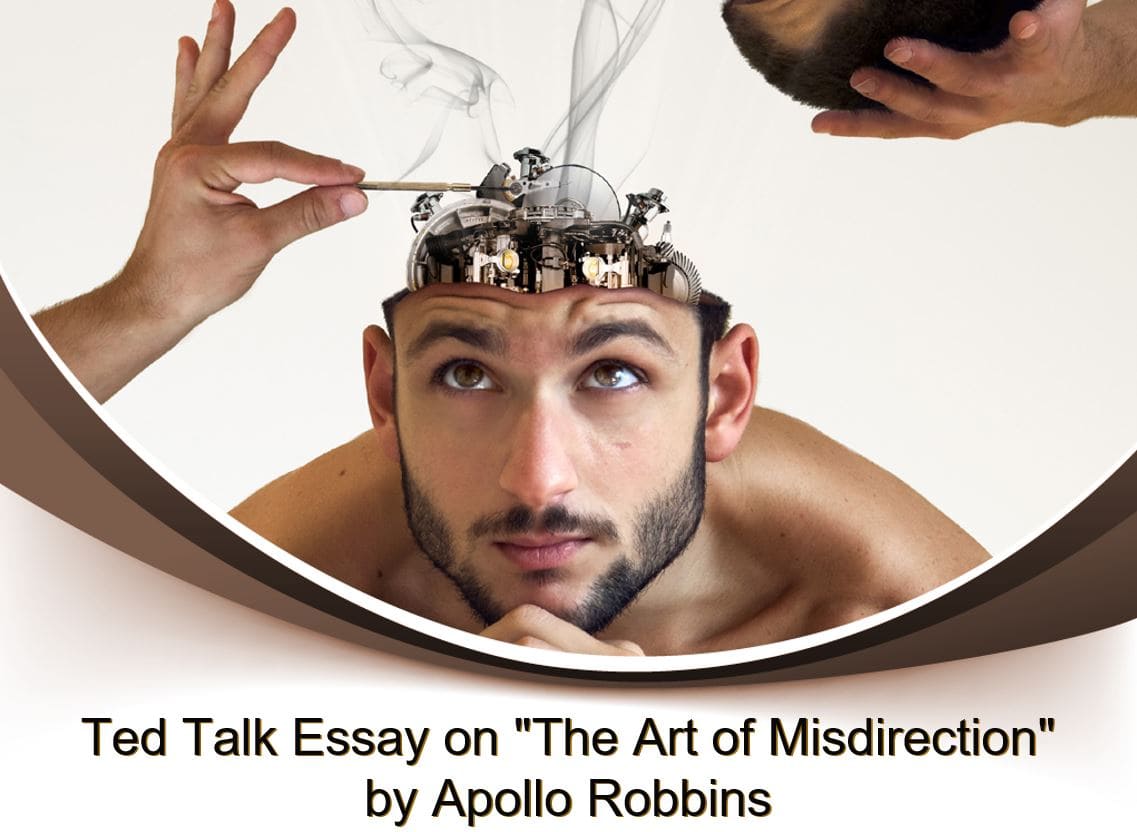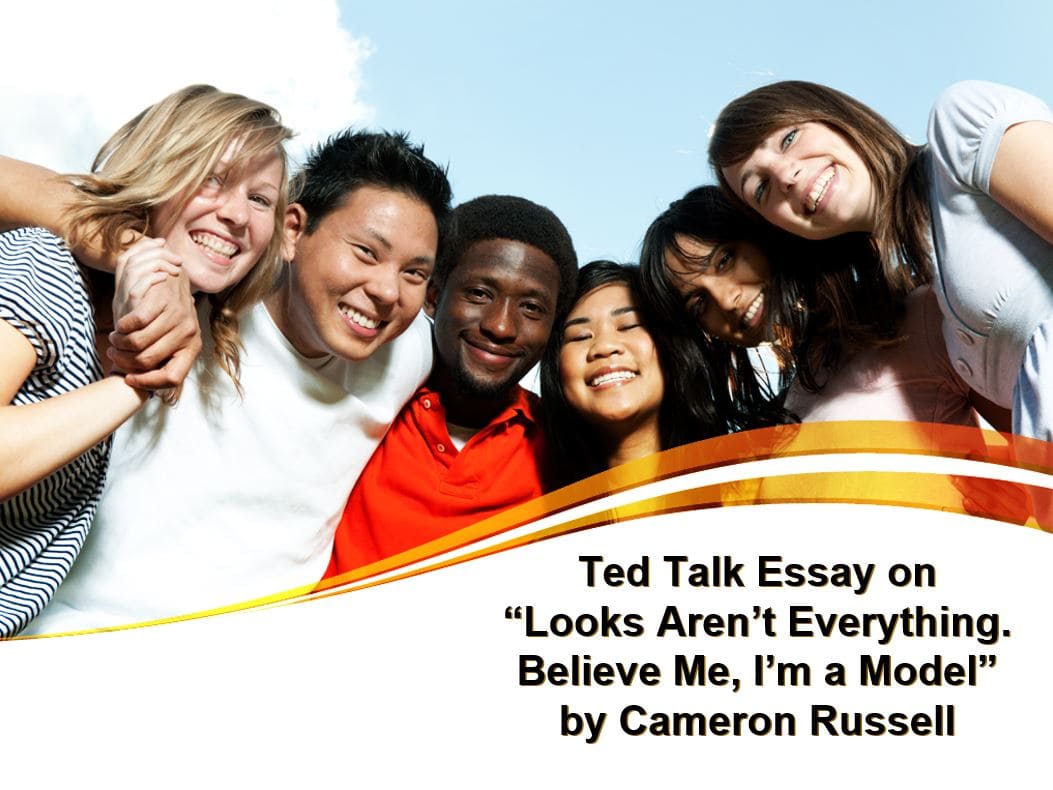In this Ted Talk essay on “How I Held My Breath for 17 Minutes” by David Blaine, the person gives an insight into the journey that led him to this Guinness World Record-breaking feat of pure oxygen static apnea. Through the talk, Blaine expounds on the various challenges and obstacles that he faced in order to achieve this objective. By describing how Blaine overcame scientific limits on static apnea, he shows the importance of defying impossibility and self-challenges, their relation to people’s personal experiences, and their importance and application in achieving milestones and breakthroughs.
The Mian Theme of the Video
The main point of this video is to invoke a conviction that impossibility is merely a perception that can be overcome through hard work and persistence. According to Smith et al., the relationship between magic and psychology has been established through connections to cognitive neuroscience (1). The speaker highlights this concept by going against perceptions that define the limits and extremities that the human body can bear. This aspect includes scientific principles on the extent to which humans can hold their breath before experiencing fatal repercussions such as brain damage and cardiac arrest. Thus, the key aim of the talk is to portray the importance of resilience and consistency in achieving revolutionary objectives that are deemed inconceivable.

Relating to People’s Personal Experience
People’s personal experiences are relatable to this talk from an educational perspective based on performance after developing consistent study routines and frequency to overcome the challenge of poor grades. For instance, the majority of universities advocate for two to three extra hours of study for every one hour of class attended (Kaminske par. 5). Similarly, after improving the frequency of the study time from one hour to three hours per day, people may observe a positive variation in their grades in the various subjects that they put more effort into. Therefore, the inference on the importance of resilience as portrayed in the video resonates with other people due to the positive ramifications that consistent study habits might have on their grades.
Importance
The importance of resilience and challenging oneself, as highlighted in this video, can be justified by revolutionary achievements that are realized when limits are tested. Pressfield describes resistance, family and friends, and rational thought as factors that inhibit progress in terms of long-term growth (4). To be precise, rational thoughts deprive the world of phenomenal innovations as they are deemed impossible based on logical thinking. Through a deconstruction of one of these scientific concepts, Blaine highlights the importance of resilience and defying limits in the facilitation of provocative thinking to achieve outstanding goals.
Applying the Information
The information in this ted talk can be used to identify and challenge norms in various domains that consider certain objectives and milestones unattainable. For instance, Blaine references the moment when he decided to challenge the scientific view on the human limits concerning apnea without risking hypoxic brain damage after consulting a neurosurgeon (03:07-03:26). This limit that defines the maximum time that a person can be in a state of apnea without suffering a hypoxic blackout set at six minutes defined a challenge for Blaine, who would then go on to break past this barrier and set the world record for pure oxygen static apnea. Therefore, this information can be applied to help people to navigate barriers and hindrances that they can use to set goals that serve as stepping stones to greater achievements in life.
Surprising Fact
What is surprising the most is the multiple death-defying endeavors that Blaine has completed throughout his life. These aspects include being buried alive in a coffin for seven days surviving purely on water and being frozen in a block of ice for three days and three nights (Blaine 00:27-00:57). These daring stunts are very impressive and would have fatal medical ramifications on the health of the majority of people, such as hypothermia, heart attacks, or even death. Through these endeavors, Blaine shows how impossibility can be overcome and how challenges can lead to greater achievements in science and human lives.
Summing Up
In conclusion, there is the importance and application of resilience in overcoming impossible objectives respective to personal experiences. Blaine portrays how people can use limits and barriers that are perceived as unattainable to soar to greater heights. However, this information should be applied through consistency and resilience as failures and shortcomings are to be expected along the journey. Therefore, people should embrace the various confines that define their existence and survival and use them to propel individuals to succeed in their lives.
Works Cited
Blaine, David. “How I Held My Breath for 17 Minutes.” TED, 2009, www.ted.com/talks/david_blaine_how_i_held_my_breath_for_17_minutes.
Kaminske, Althea Need. “CAN Students Change Their Study Habits?” The Learning Scientists,1 Aug. 2019, www.learningscientists.org/blog/2019/8/1-1.
Pressfield, Steven. Do the Work!: Overcome Resistance and Get Out of Your Own Way. Black Irish Entertainment, LLC, 2011.
Smith, Wally, et al. “The Construction of Impossibility: A Logic-Based Analysis of Conjuring Tricks.” Frontiers in Psychology, vol. 7, 14 June 2016, pp. 1-17, doi:10.3389/fpsyg.2016.00748.


